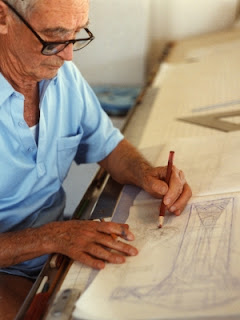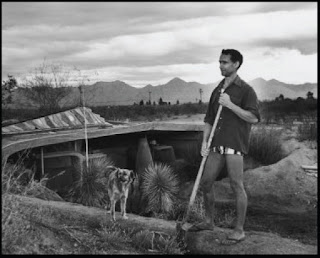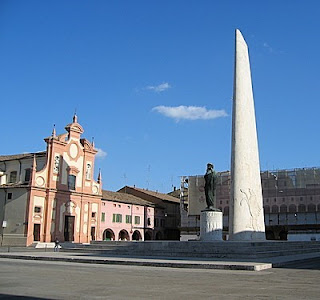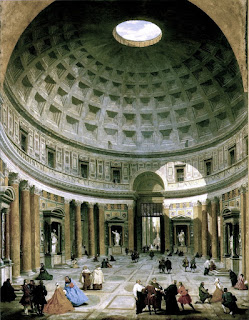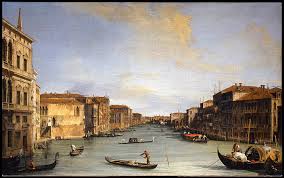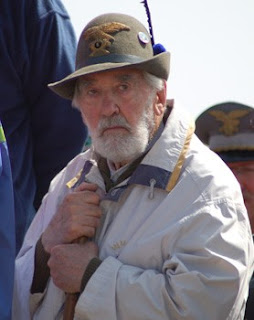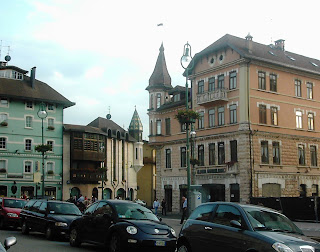The Italian voice of a host of stars
 |
| The dubbing professional Claudio Capone was the Italian voice of many stars |
Italy lost one of its most famous voices on this day in 2008
with the premature death of Claudio Capone.
The Rome-born actor was working in Scotland when he suffered
a stroke. He was admitted to hospital in Perth but despite the best efforts of
doctors he died two days later, at the age of only 55.
Although he began his career with the ambitions of any actor
to reach the top of his profession, he was offered an opportunity only a few
years out of drama school to do some voice-over work and found the flow of work
in dubbing to be so consistent he ultimately made it his career.
Unlike some countries, Italian cinema and TV audiences have
always preferred to watch imported films and TV shows with dubbed Italian
voices rather than subtitles, which meant that a talented dubbing actor was
seldom unemployed.
Capone was among the best and it was down to him
that many foreign stars became famous in Italy, even though many did not speak
a word of Italian.
The biggest example of this was the American actor Ronn
Moss, who played the part of fashion magnate Ridge Forrester in the CBS soap
opera The Bold and the Beautiful.
Moss, who had enjoyed a successful pop career as a member of
a band he formed with friends in Los Angeles, called Player, was by no means an
outstanding actor but when in 1990 the Italian station Rai bought the rights to
The Bold and the Beautiful, which they repackaged as simply Beautiful, his fame
took off – in Italy, at any rate.
 |
| The American actor Ronn Moss owed his fame in Italy at least in part to Claudio Capone |
He became a favourite with Italian TV audiences, although
his appeal owed as much to Capone as his own good looks or acting ability.
Capone gave him a deep, husky voice that female viewers
found irresistible. The show quickly built a following, and when it was bought
by Silvio Berlusconi’s Fininvest in 1994 and broadcast on Canale 5, Capone
continued in the role.
Moss became a star in Italy, yet when he was a celebrity
dancer in the 2010 series of Ballando con le Stelle – the Italian equivalent of
America’s Dancing with the Stars and the UK show Strictly Come Dancing – audiences
were shocked that his own Italian was so limited he needed the show’s host,
Milly Carlucci, to interpret for him.
There was much more to Capone’s career than simply being the
voice of Ronn Moss, although he also dubbed his part in an Italian-made
Romantic comedy, Christmas in Love, in which Moss appeared as himself.
Indeed, his movie credits read like a cinema who’s who, such
was his versatility and ability to tailor his voice for an extraordinary range
of diverse parts.
He was the voice of Mark Hamill as Luke Skywalker in Star Wars, of Brad Davis as Billy Hayes in Midnight Express, of Stephen Fry as Oscar Wilde
in Wilde, of Steve Guttenberg as Carey Mahoney in the Police Academy series and of Martin Sheen as Carruthers Kit in Badlands.
 |
| Claudio Capone at work behind a microphone |
Others for whom he was the Italian voice – and this list is
by no means comprehensive – included John Travolta, Alan Alda, Richard
Dreyfuss, Christopher Walken, Chuck Norris, Michael Douglas, Jeff Bridges, Kyle
MacLachlan, Jean-Claude Van Damme, Ralph Fiennes, Willem Dafoe and Michael
York.
On the small screen, he dubbed for Don Johnson in Miami Vice
and Michael Newman in Baywatch, and – again showing his versatility – for John
Nettles as an English detective in Midsomer Murders (shown in Italy as
Inspector Barnaby), a sitcom doctor played by Alexander Armstrong in TLC and
the English vet in Africa (Stephen Tompkinson) in Wild at Heart, shown as Cuore
D’Africa.
In addition to his film and TV drama roles, Capone’s other
outstanding success was as the Italian voice of documentaries on the Discovery
Channel, and as the narrator of the hit Italian science programme Quark.
He was in Scotland to narrate a documentary programme when
he was taken ill. The older of his two
sons, David, also became a voiceover specialist.
 |
| Rome's Piazza del Popolo |
Travel tip:
Claudio Capone’s funeral in Rome attracted many of his fans
to pay their respects, with hundreds gathering as his coffin was carried
through Piazza del Popolo. The name of
the large square at one end of the Via del Corso, the long, straight
thoroughfare stretching north from Piazza Venezia, is often taken to mean the
square “of the people”. In fact, many people believe Popolo derives from the
Latin populus – poplar – after the trees from which the church of Santa Maria
del Popolo is named.
 |
| The church of Santa Maria del Popolo |
Travel tip:
The Basilica Parrocchiale Santa Maria del Popolo, which can
be found on the north side of Piazza del Popolo, is a minor, parish basilica
yet contains works by several famous artists, including Raphael, Gian Lorenzo
Bernini, Caravaggio and Donato Bramante.
There is a tradition of appointing Catholic ministers from around the
world as Cardinal Priest of the church. In fact, there has not been an Italian
appointment since 1886. The last six Cardinal Priests have included two
Spaniards, an American, a Canadian, a Senegalese and the present incumbent, a
Pole.




